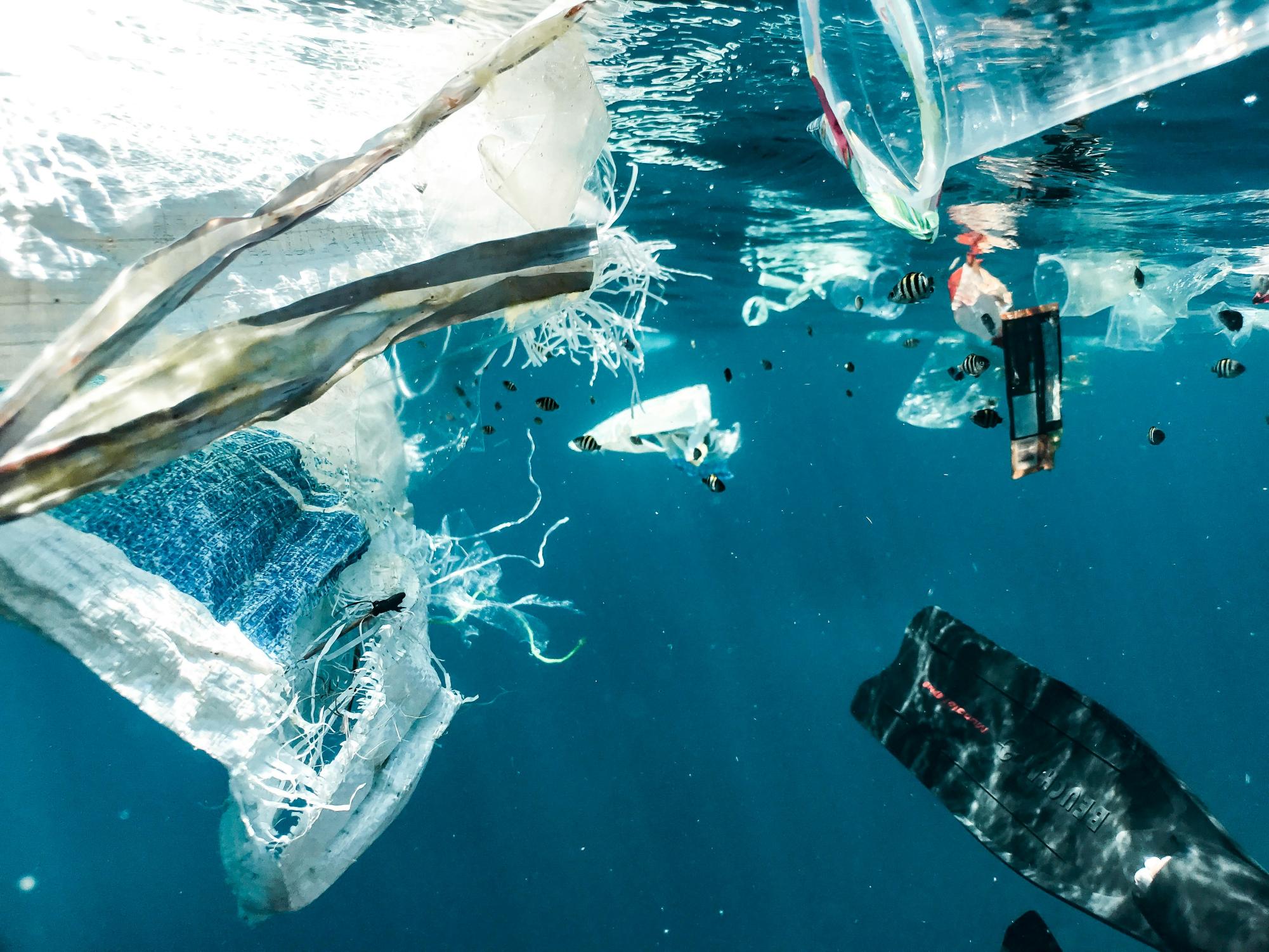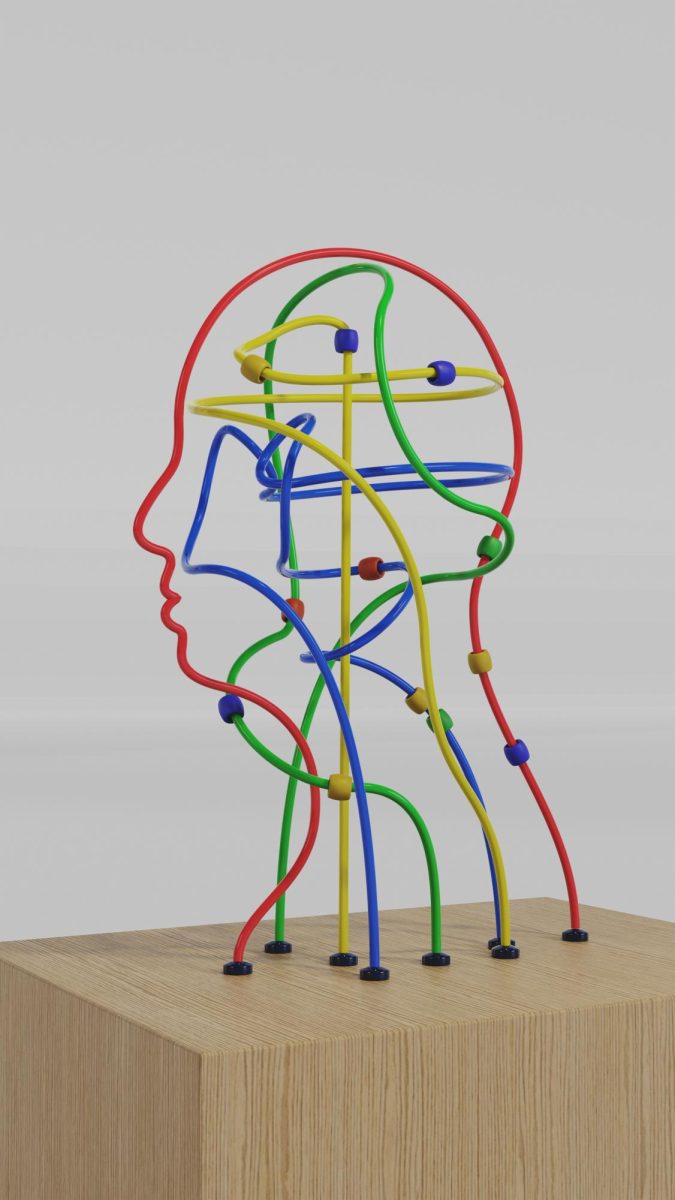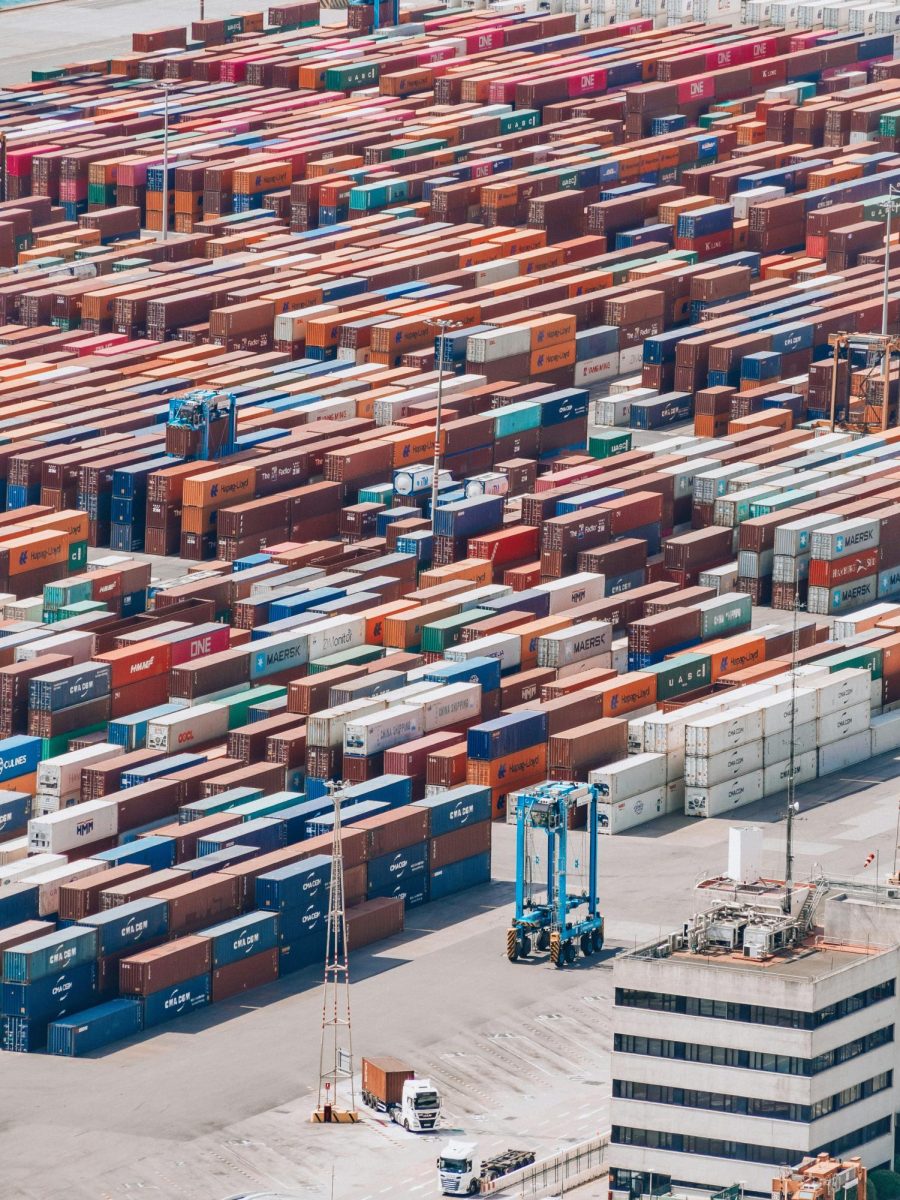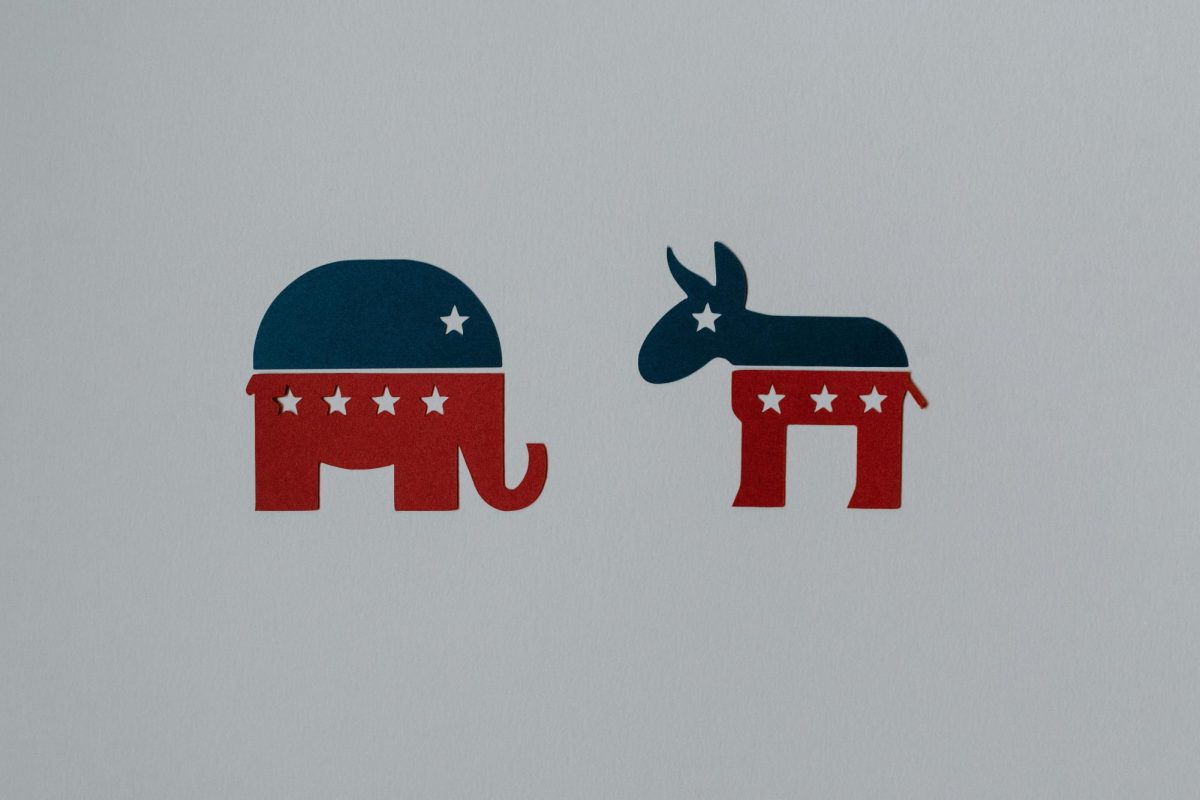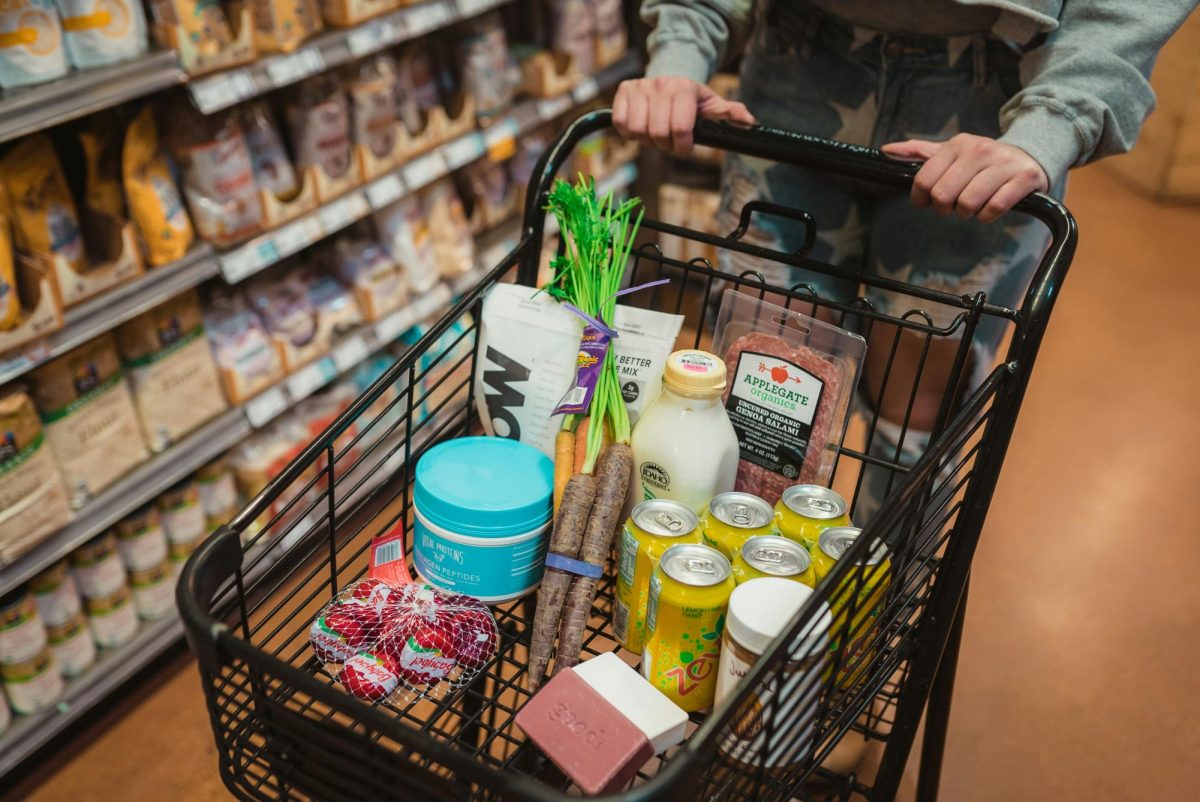Take a quick inventory of yourself right now: how much plastic is on your person or within arms reach? For me, right now, I am surrounded by plastic. I am sitting in a plastic chair, surrounded by plastic desks, typing on a mostly plastic computer. And I am willing to bet that most everyone who is reading this can relate.
The issue of plastic waste is a struggle that impacts our global community, as well as our smaller communities. Many people in the community know about the growing problem of plastic waste, but fail to see the causes, effects, and dangers of continuing down the path of plastic.
Why do we use plastic?
Plastic is a double-edged sword. It is a very convenient and effective material that humans manufacture for all different types of purposes. We use it to make synthetic fabric for clothing, package products, create machinery, and so much more. One of the pros about plastic is that it is durable, it takes a very long time to wear down. Unfortunately, this is the very same reason that plastic waste is so hard to deal with. It just sits in landfills or sinks to the bottom of the ocean decomposing for hundreds of years.
How does this problem apply to Americans?
According to the EPA(United States Environmental Protection Agency) Americans have produced about 20 percent of all of the world’s plastic. According to data from Statistica, United States shipments of plastic to other countries generate over 400 billion dollars a year. The United States plastic industry was valued at 74 billion dollars in the year 2021. And the problem isn’t just the volume of plastic made. It’s the fact that we make that volume every year.
How do we deal with plastic waste?
One of the problems with plastic is that it takes so long to break down. University of Georgia Environmental Engineer Jenna Jambeck says that quantifying the cumulative amount of plastic made since 1950 was quite shocking. Since plastic takes over 400 years to decompose, almost all manufactured plastics ever made still exist in some form. Every year humans make around 350 million metric tons of plastic, of that 350 million metric tons only about 15% of it is recycled. The rest of the plastic fills landfills, enters the ocean, or ends up in the environment.

How is Oregon addressing plastic waste?
Oregon is known for its lush green forests and beautiful blue rivers flowing downward toward the Pacific Ocean, but now they are threatened by increasing plastic manufacturing and waste. A fairly recent study by Environment Oregon shows that 100 percent of Oregon waterways contain microplastics (pieces of plastic that are 5mm across in length).

In order to keep rivers as clean as possible, Oregon State officials have taken precautionary measures to ensure that plastics are kept out of the rivers and forests. The new Plastic Pollution and Recycling Modernization Act passed in an Oregon legislative session in 2021, will begin in July of next year(2025). This new system will make recycling easier for the public to access and use, upgrade recycling sorting factories, and reduce social and environmental issues in Oregon such as plastic waste.
How Difficult is Recycling?
In reality, the responsibility of properly disposing of plastic is harder than just throwing everything in the recycling bin.
Erin Cole, an Environmental Studies and Botany teacher at Oregon City High School said, “A lot of people do ‘Wishful Recycling,’ putting things in the recycle that doesn’t actually belong, and can cause damage to the environment.”
She also admitted that, “Recycling is difficult! A lot of things we think we can recycle we actually can’t.”
In a report done by Environment Oregon recycling rates in Oregon have been decreasing steadily for years. The problem? Dependence on single use plastics. These single-use plastics like straws, plastic wrappings, plastic water bottles and things like these are what is causing most of the build-up of plastic waste in landfills.
In the past, the United States has relied on Asian countries to take our plastic waste for reuse. But since countries like China have been starting to focus heavily on growing their internal economy, they have started putting restrictions on the amount of plastic they are importing. This means the people of the United States of America need to take action in finding a solution.
One way that Americans can cut the use of single use plastics down is by finding alternative ways to wrap food products. In an article by Kim Severson of the New York Times, it is stated that plastic food packaging accounts for a whopping 40 percent of plastic waste.
The only problem with this apparent solution is that plastic is necessary in reducing food waste, which environmentally is an arguably bigger issue in itself. For example, a Swiss study in 2021 shows that throwing away one rotten cucumber has the equivalent environmental impact of throwing away 93 plastic cucumber wraps. The reason for this is because as fruits and vegetables decompose they produce methane which is a greenhouse gas that pollutes the atmosphere and is more potent than carbon dioxide.
In this way these two environmental issues(plastic waste and food waste), pull on each other much like a game of Tug-of-War.
Plastics and our health
Much like how plastics pollute the environment by getting into rivers, or being left on the sidewalk, plastic can also get inside the human body. An article by OPB shows a scary report of microplastics and nanoplastic building ups in the male testicles.
Although scientists are currently not yet aware of the specific health consequences, Dr. John Yu, a toxicologist for the College of Nursing at the University of Mexico says, “The quantification of those microplastics in humans is the first step to understanding its potential adverse effects.”
During the study it was also found that the most common plastic found in the human body was Polyethylene, which is also the most common type of plastic used in packaging, bags, and bottles. Other types of plastics found in the study include Polyvinyl Chloride(What is found in PVC pipes) and Vinyl Chloride, a carcinogen which can cause cancer if someone is exposed for long periods of time(like drinking water.)
Where will the future of plastics take us?
So much of what humans do is based on the use of plastics, mostly to make things more convenient. Breaking people of their habits and dependency on plastics is no easy task. Mrs. Cole says that it will require a mix of government policies and community efforts to really make an impact on how much plastic waste there is. She also recommends that people educate themselves on the problem and to see the light at the end of the tunnel.
Efforts by many people are being seen across the world and in Oregon. In fact, Oregon had the highest plastic bottle return rate in the country in 2023, 88.5 percent of bottles purchased were returned and recycled. Another victory for the cause of plastic waste reduction was won in July of last year in the Senate by Oregon Senator Jeff Merkely. Merkely helped sponsor a bill that will make July “Plastic Pollution Action Month”. This bill was signed into a law which will bring eyes back to the problem of plastic waste every year.
If people do not figure out a way to stop plastic waste pollution, it will soon become a much larger problem than it is today. It is projected that by the year 2050 there will be four times as much plastic waste. This will happen, unless humans can find an alternative to replace plastic, but even then plastic will always be around whether it’s in our landfills or in the human DNA.

